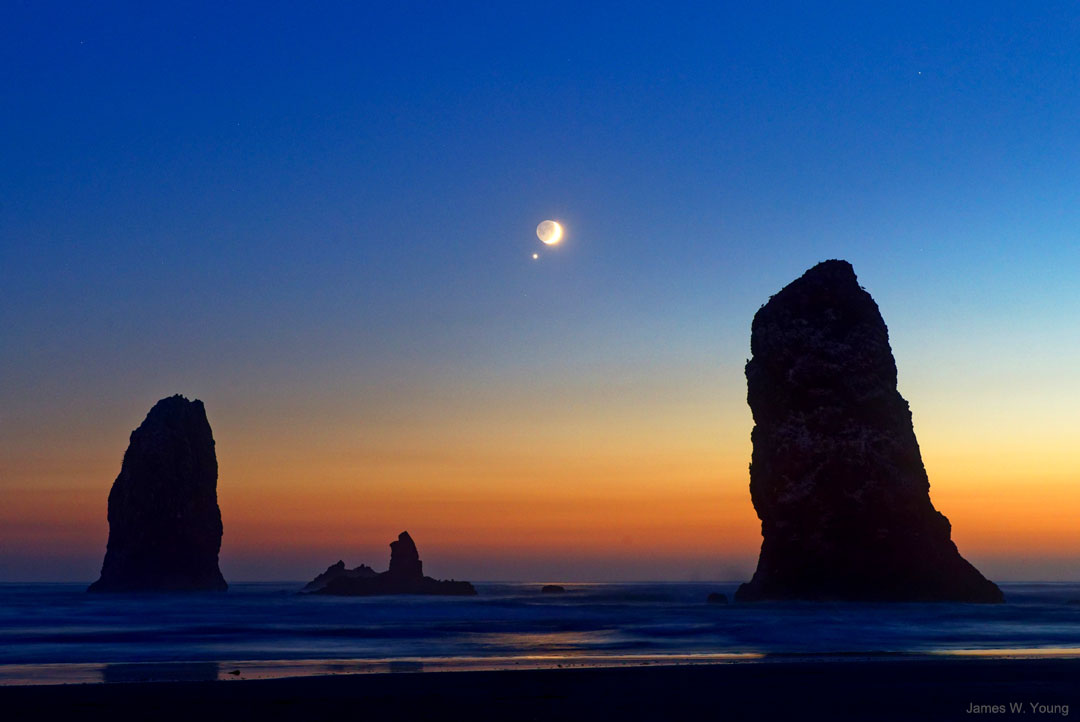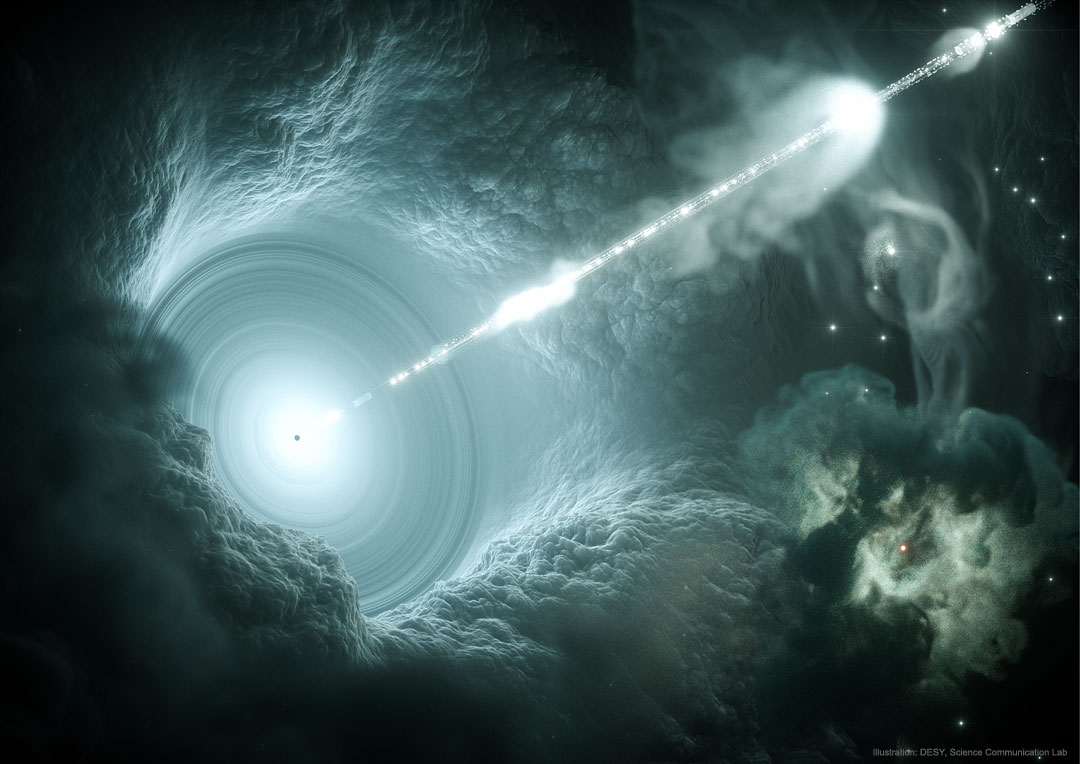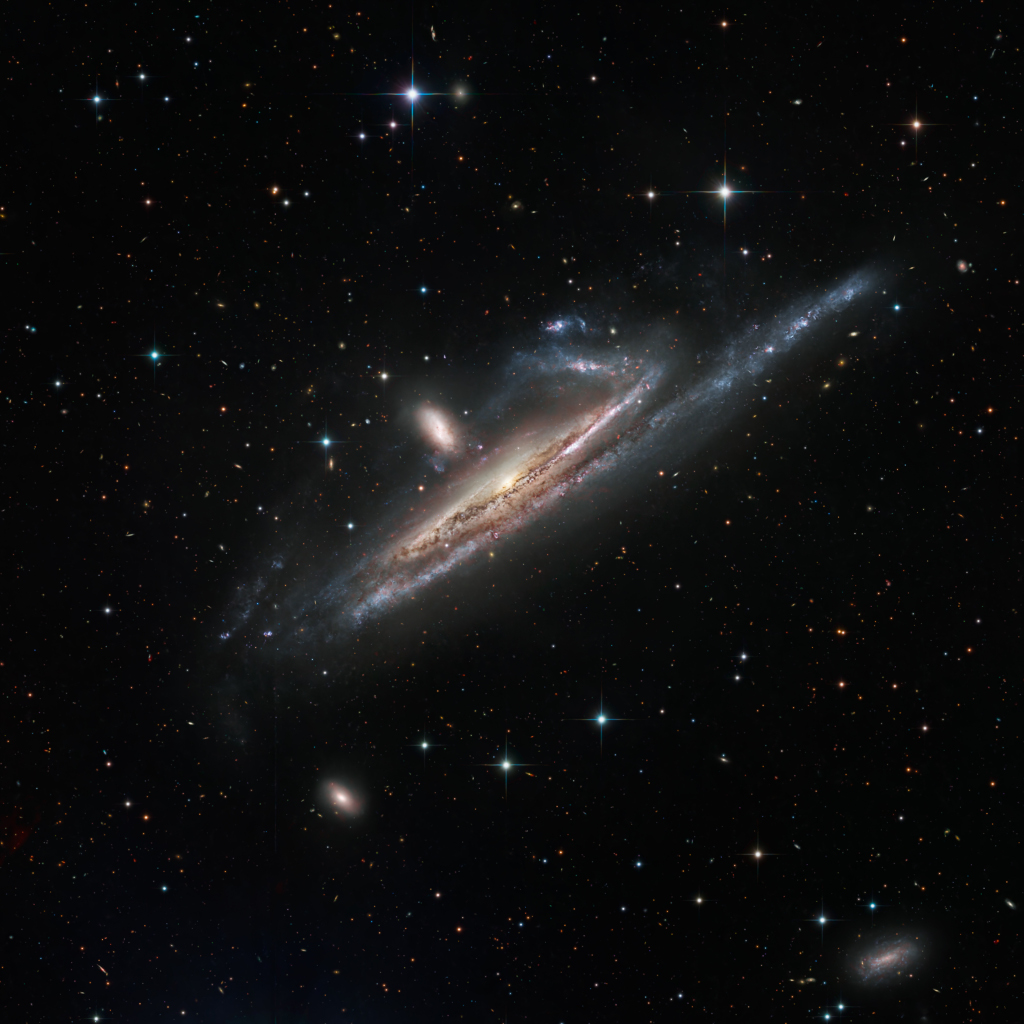
Image Credit: HiRISE, MRO, LPL (U. Arizona), NASA
Explanation: What is creating these dark streaks on Mars? No one is sure. Candidates include dust avalanches, evaporating dry ice sleds, and liquid water flows. What is clear is that the streaks occur through light surface dust and expose a deeper dark layer. Similar streaks have been photographed on Mars for years and are one of the few surface features that change their appearance seasonally. Particularly interesting here is that larger streaks split into smaller streaks further down the slope. The featured image was taken by the HiRISE camera on board the Mars-orbiting Mars Reconnaissance Orbiter (MRO) several months ago. Currently, a global dust storm is encompassing much of Mars.








